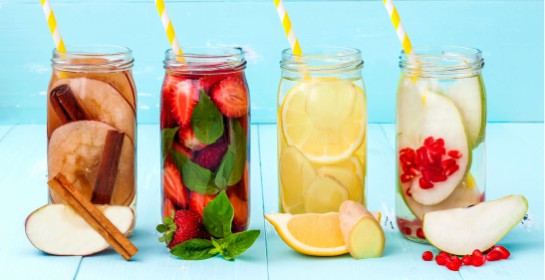Deciphering flavor labels
Ask anyone their favorite flavor and the reply is likely to be speedy — we know what we like! One thing no one is fond of however, is artificial taking the place of natural, whether that’s in food and beverage flavoring or anything else. That’s why so many people are reading labels more closely than ever. Authenticity is everything.
Sensient’s primary research findings indicate that consumers report ingredient labels being a factor in their purchase decisions 80% of the time. But labels can be tricky.
In the flavor-chemistry world, there are distinct categories of flavors:
“If it tastes like an orange…”
- Natural Extract/FTNF (From The Named Fruit) — This means direct from the source. (e.g.: Natural Orange Extract: 100% natural orange)
- Natural Flavor WONF (With Other Natural Flavors) — Natural flavoring from the named fruit as well as another natural flavors to complement it. (e.g.: Natural Orange WONF: natural orange + natural strawberry)
- Natural Flavor Type —The ingredients are all natural but the named fruit is not present nor is an image of the fruit allowed on product packaging. (e.g.: Natural Orange Type: natural flavor compounds derived from botanicals, excluding orange)
- Natural & Artificial Flavor (N&A) — The named fruit is present as a natural ingredient, but other ingredients may be natural or artificial. (e.g.: N&A Orange: natural orange + flavor chemicals that are synthetically derived)
Designation 21 CFR 101.22, from the U.S. Code of Federal Regulations, goes into great detail about what a “natural flavorant” is. All this information can be overwhelming and consumers don’t like complications if they can avoid them.
“That’s why the ‘clean labeling’ movement, which seems to bring some clarity to this complicated flavor landscape, has become so popular,” says Lauren Williams, Director of Marketing, Global Sweet & Beverage Flavors, at Sensient Flavors.
